This story originally appeared in i-D’s The Out Of The Blue issue, no. 366, Winter 2021. With thanks to Tiffany & Co. Order your copy here.
A renowned artist himself, British photographer Nick Waplington captured today’s leading artists on both sides of the Atlantic. These individuals are constantly innovating, from Delfin Finley’s bondage paintings and Tom Sach’s spacey NFTs to Tau Lewis and her hand-sewn sculptural portraits. As Nick photographed them all at their desks, in their studios and in front of their work, they shared insights into their daily routines and current projects, what drives their creativity, how the art world is changing, and the impact of the climate emergency on their work.
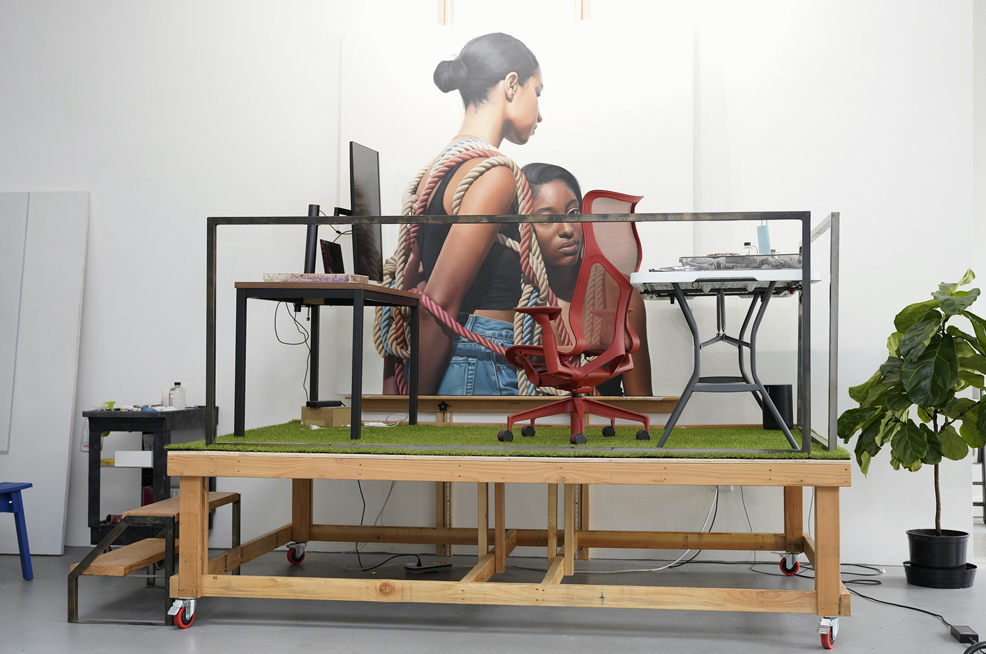

Delfin Finley
“Having a strict routine is really important to me. I wake up pretty early, go to the gym downstairs. I go back home and eat a small breakfast. Drive to my studio, set up and then I paint until my eyes hurt. I drive back home and go to sleep.”

Jeffrey Gibson
“I have a public voice as an artist who is engaged with multiple communities, and I have chosen to speak about many things that I consider to be unethical or unsustainable in the art world. I think that this is a responsibility for anyone who has a public platform, whether large or small.”

Margarita Gluzberg
“I grew up in Soviet Russia. When I was nine years old, I was asked to work on the school newspaper. I drew a picture of Lenin, only to be pulled out of the classroom by my teacher, angrily telling me that I would get her dismissed for creating this depiction of our Leader without official permission. I learnt about the power of the image then. This later made me understand the significance of abstraction and that’s where I am today, getting rid of problematic content.”
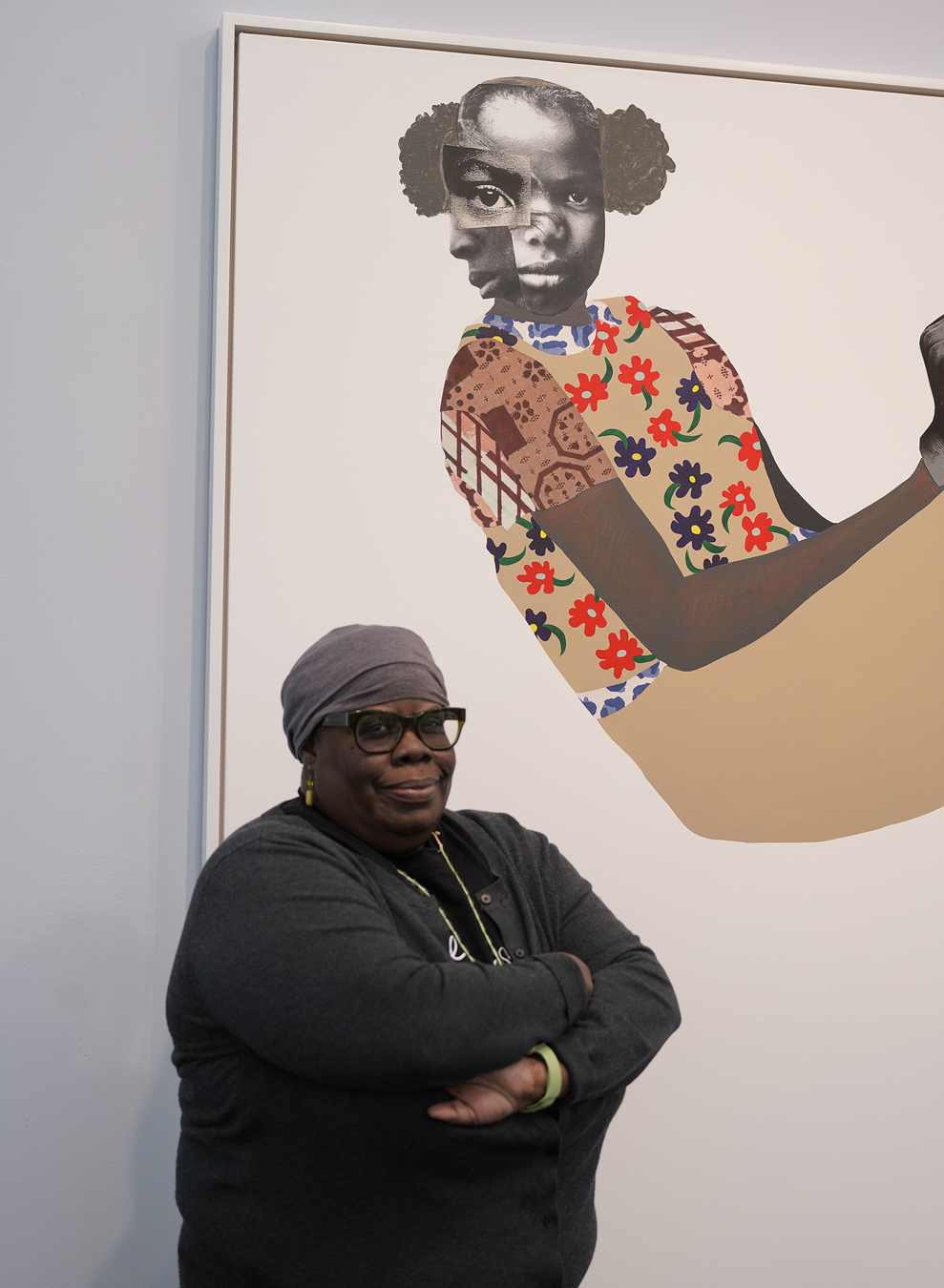
Deborah Roberts
“There is a Renaissance of Black art right now, and artists who were marginalised are finally being celebrated. But people need to understand that Black art isn’t a fad and that there is a long way to go in fighting systemic racism.”
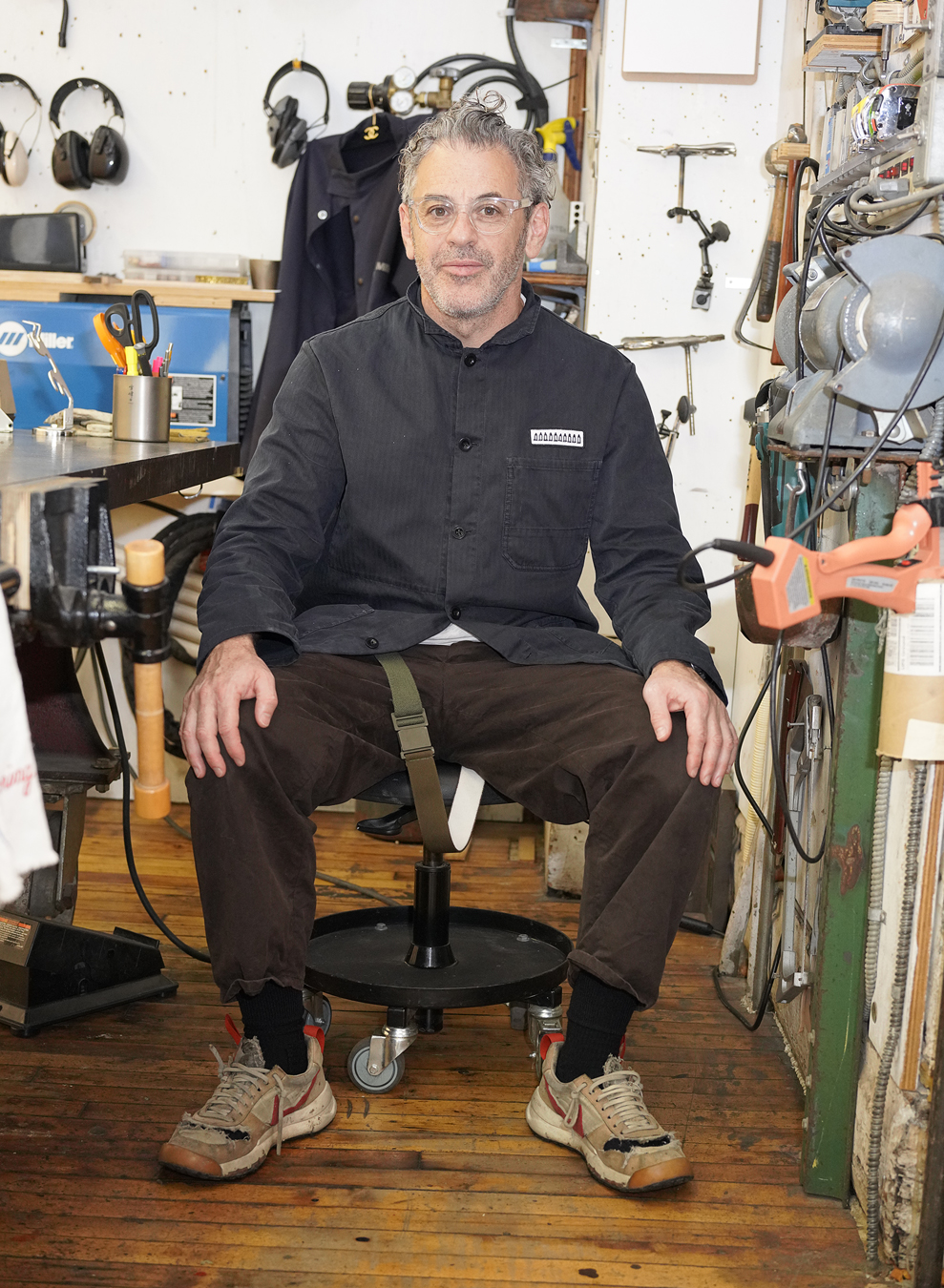
Tom Sachs
“The one word that I will not tolerate being used around me is ‘creatives’. Artists do not have a corner on creativity. My lawyer, John Charles Thomas, is more creative than almost any artist I know. I know plenty of artists that are just conservative knuckleheads with no vision. I think that everyone is an artist, and it’s not really what you do. It’s how you do it.”

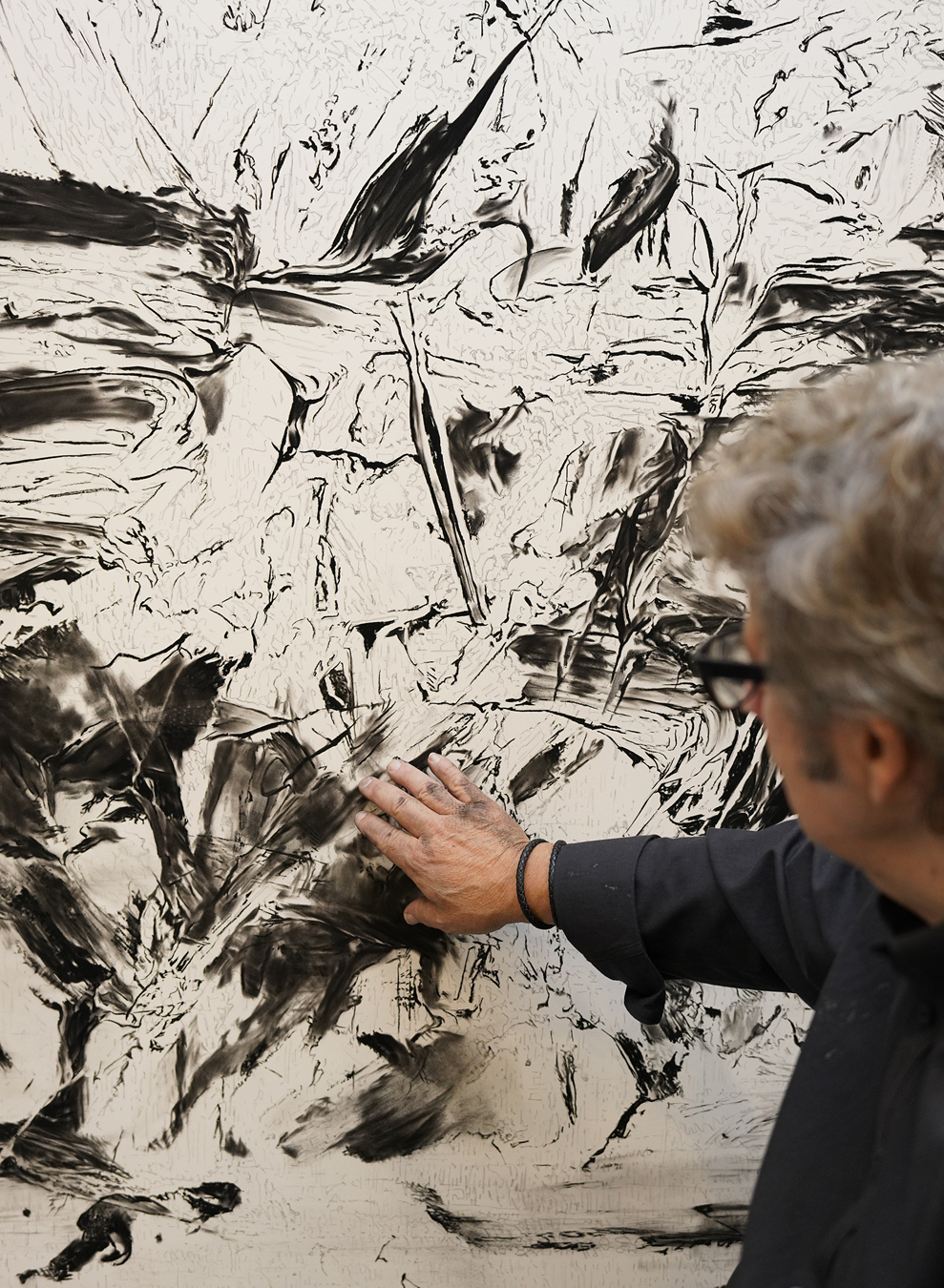
Robert Longo
“The most interesting recent development in art is a return to considered, pictorial imagery and the complexity and democracy of reading a picture. When I was younger, I thought technology would save us. Now I feel the opposite.”

Ryan Gander
“Currently, I’m making a 1:1 scale derelict betting shop entirely out of glass. I’m working on an animatronic Gorilla, designing some clothes, making several public sculptures and working on museum show at Opera City in Tokyo.”
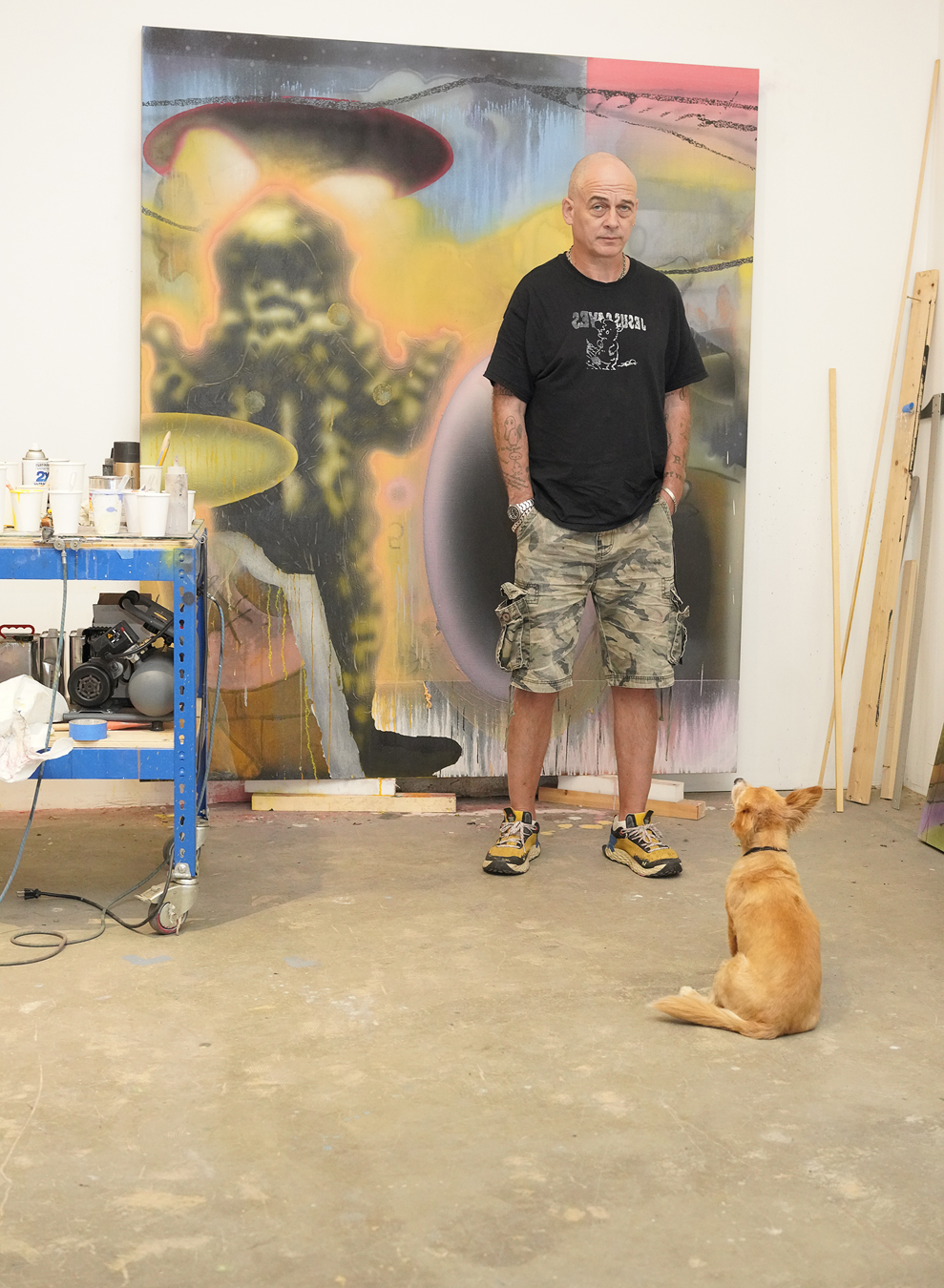
Dinos Chapman
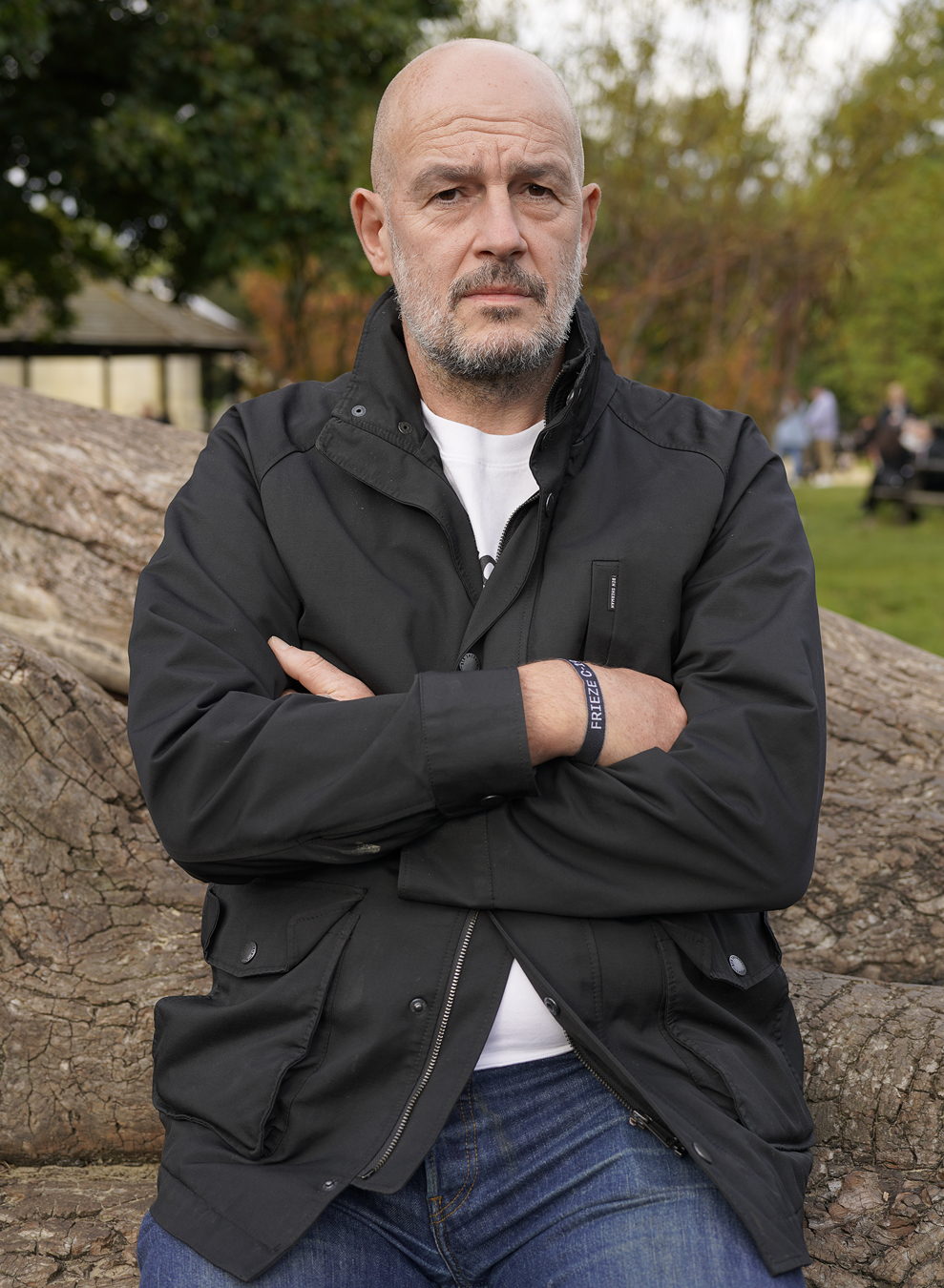
Jake Chapman
“I’m putting the finishing touches on a brand new post-Jake and Dinos Chapman solo body of work, titled Sacred Artefacts from the Neoliberalithic era. I’ve also recently finished a new theory/fiction novel titled 2+2=5. It’s a re-working of Orwell’s 1984, but dystopia has been erased in favour of a consensual utopia, where every citizen is an artist-poet-cum-artisan, and wellness plagues the world. It’s an all-you- can-eat quinoa buffet of wrongthink. You get the dystopia you deserve.”
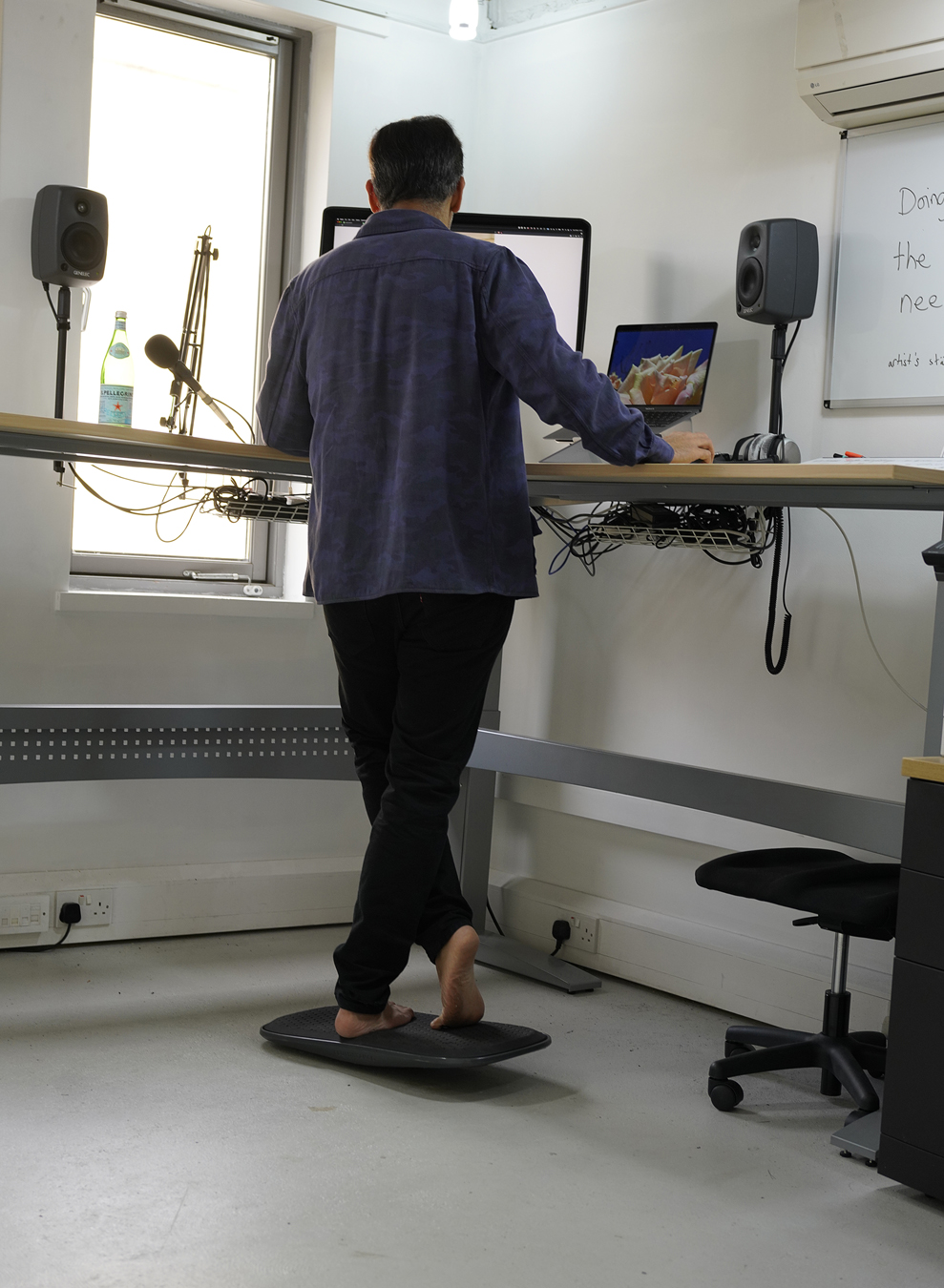
Abbas Zahedi
“I used to think that contemporary art was ‘philosophy with props’ so I set up a reading group in my local chippie to try and decipher it. That was enough to get me into a masters at Central Saint Martins, where I was told that having goals was a slippery slope towards fascism.”

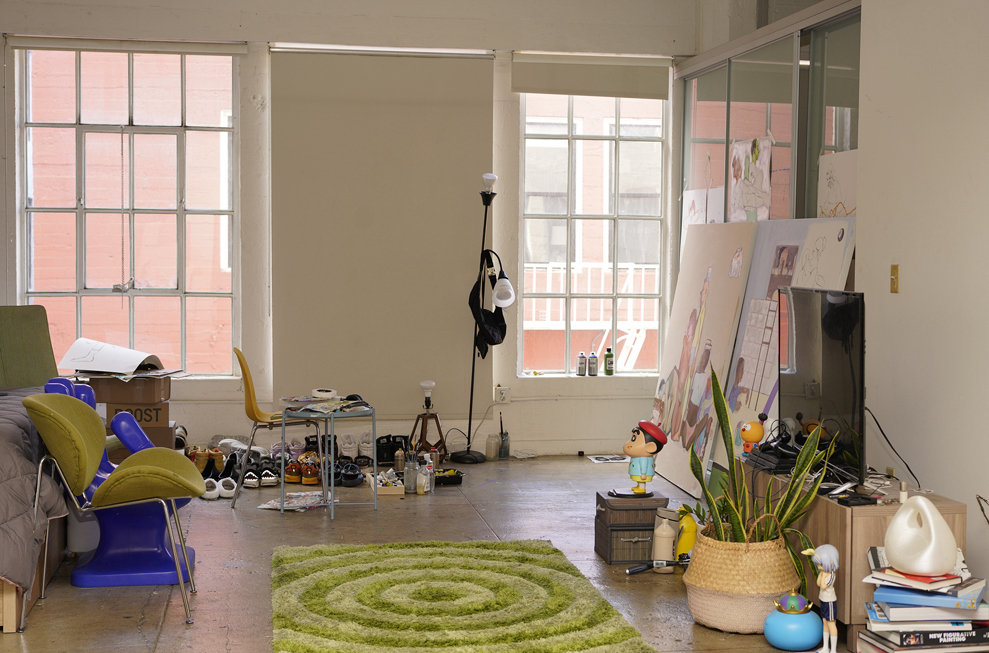
Paul Noble
“How would I describe what I do? Torture.”
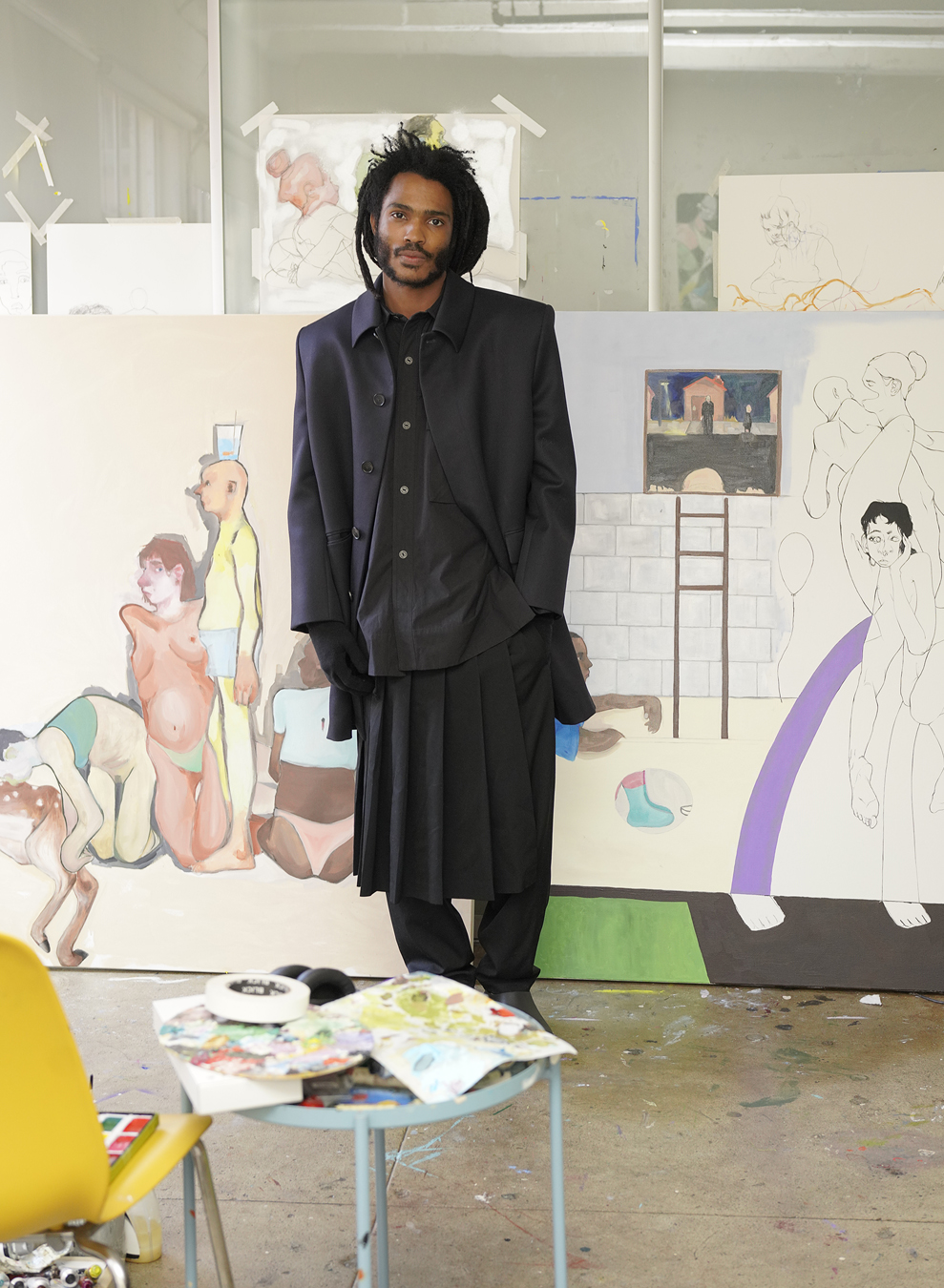
Bryant Giles
“The driving force beyond my creative will is rooted in purpose. What am I saying? Do I have anything worthwhile to say? These are constant questions that echo in the back of my head. It’s bittersweet to demand immediate reason from something so fluid.”
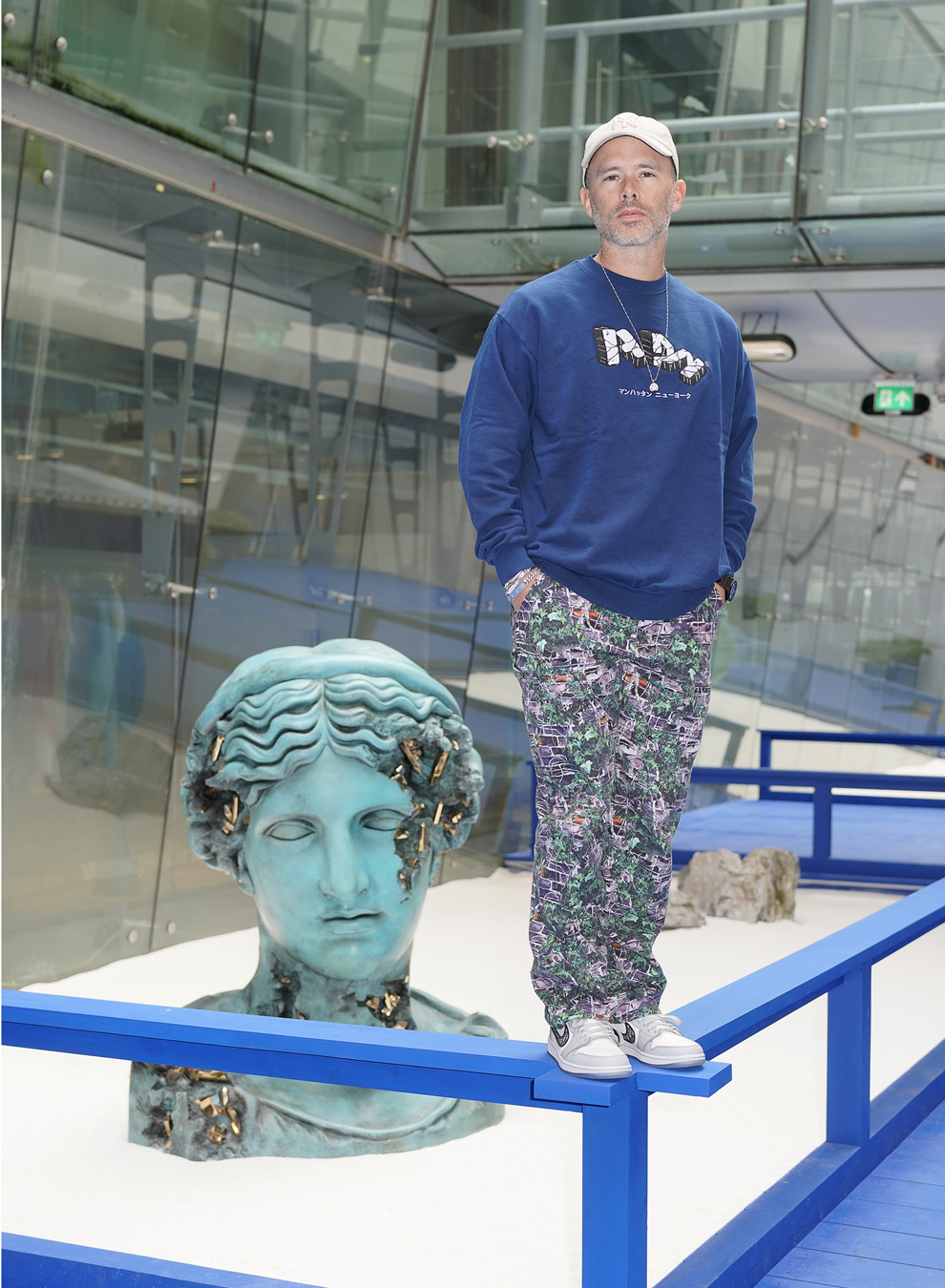
Daniel Arsham
“The climate crisis has made me more conscious of the materiality of my works. But there’s a new project that I have been developing for the last two years that will speak to the climate emergency. Without revealing too much it encompasses an idea that all the things we need are already here, and we simply need to reimagine or remake the things that we already have.”
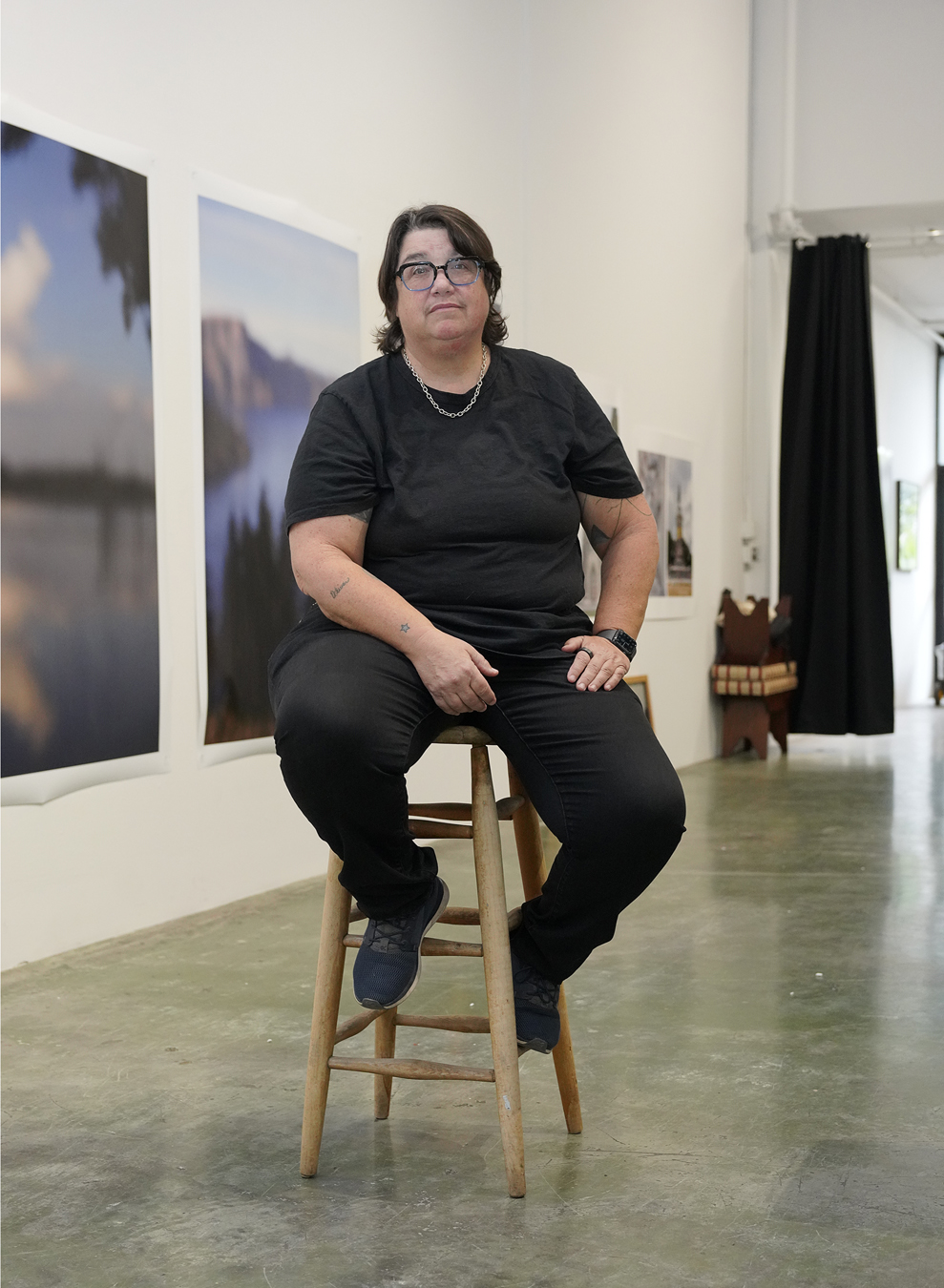
Catherine Opie
“I want to use a camera to change things. And maybe I haven’t changed any laws, but I think that my work around equality of representation in the queer community was really important, especially in my early works. And I am now legally married – and I know it wasn’t me who changed those laws – but I am a big believer that the camera has a lot to do with being able to focus on super important issues.”
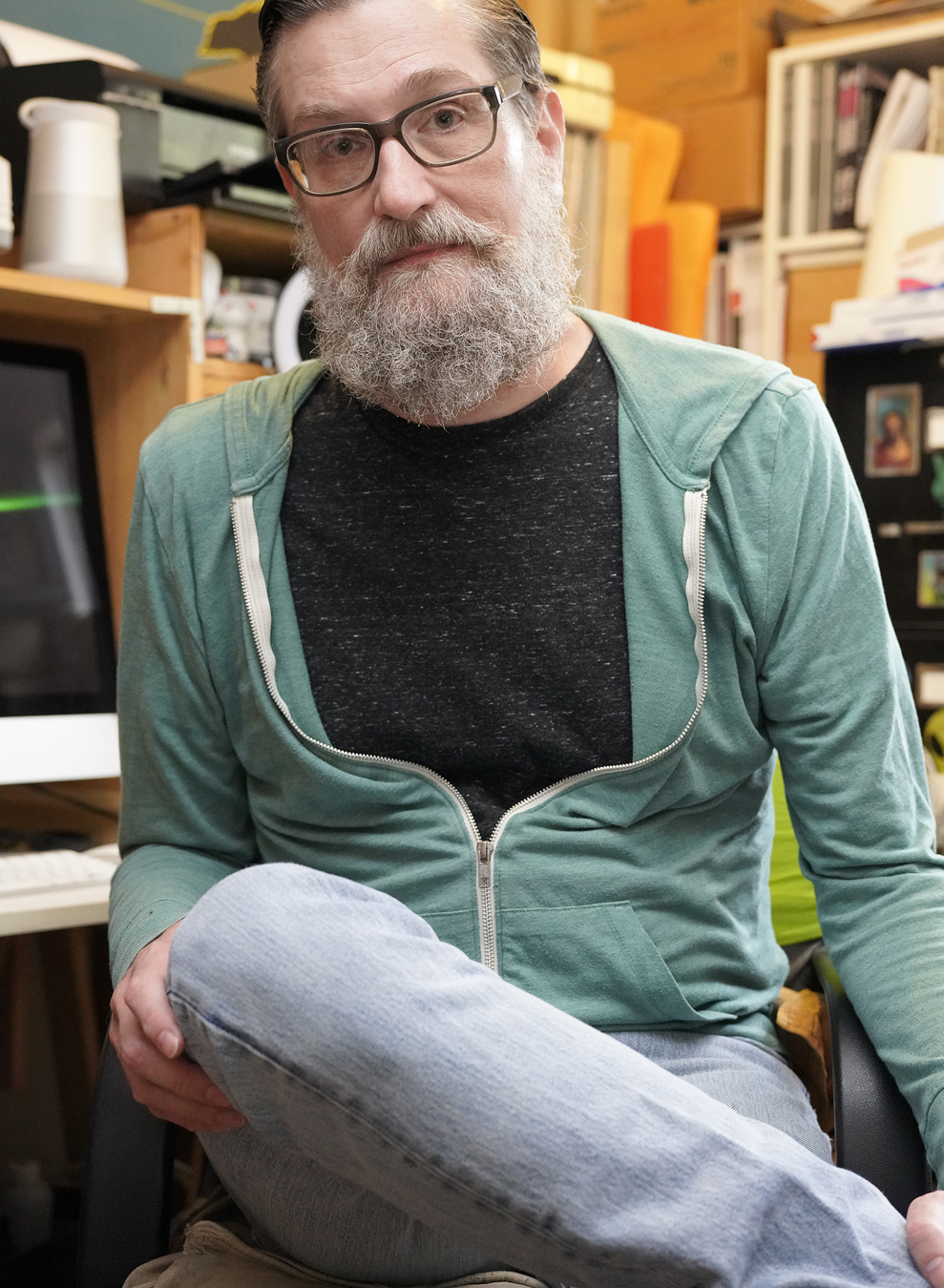
William E. Jones

Tau Lewis
“I am a storyteller and a mythmaker. I consider the artworks that I make to be portals to celestial and ancestral realms.”
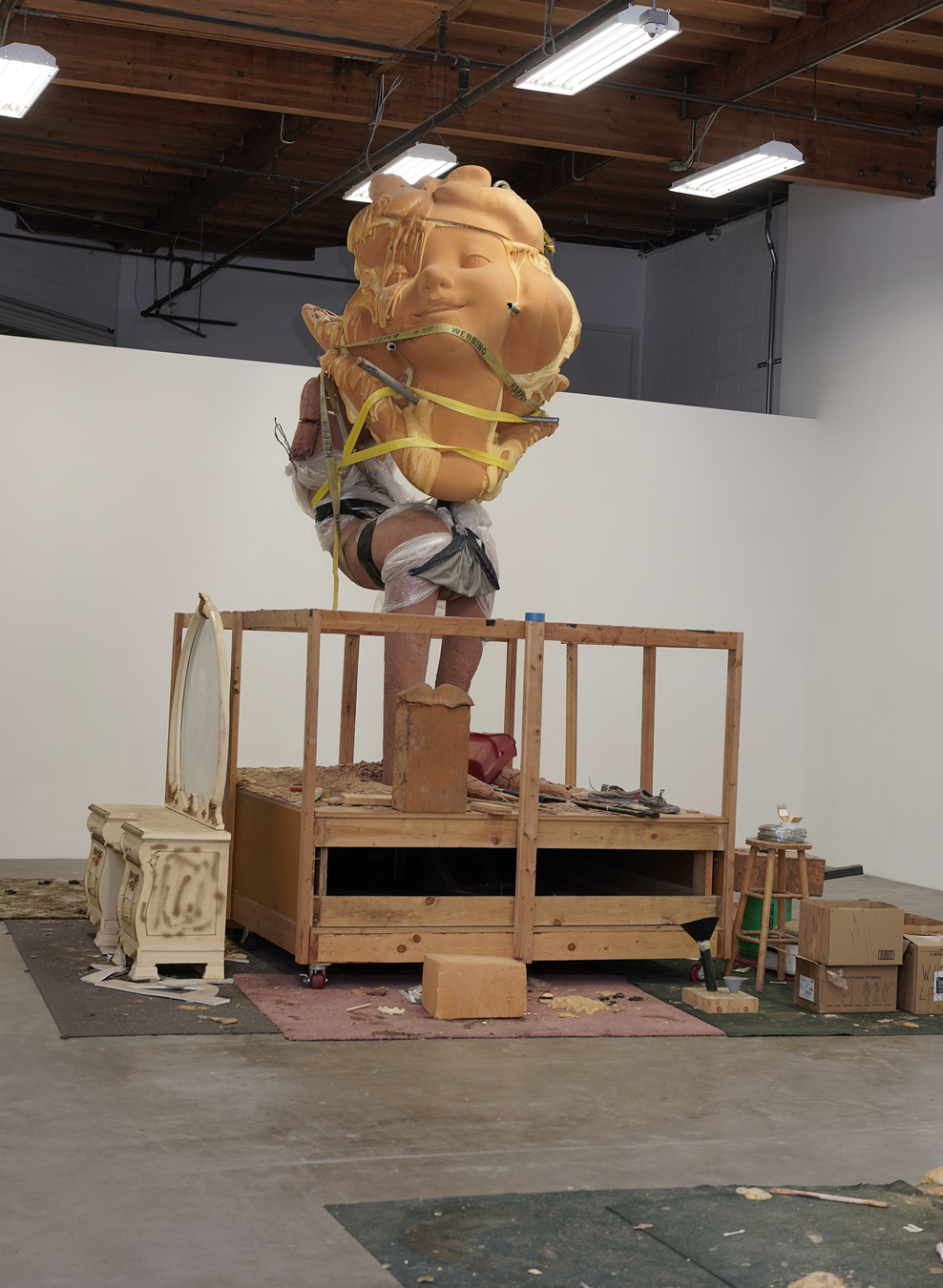
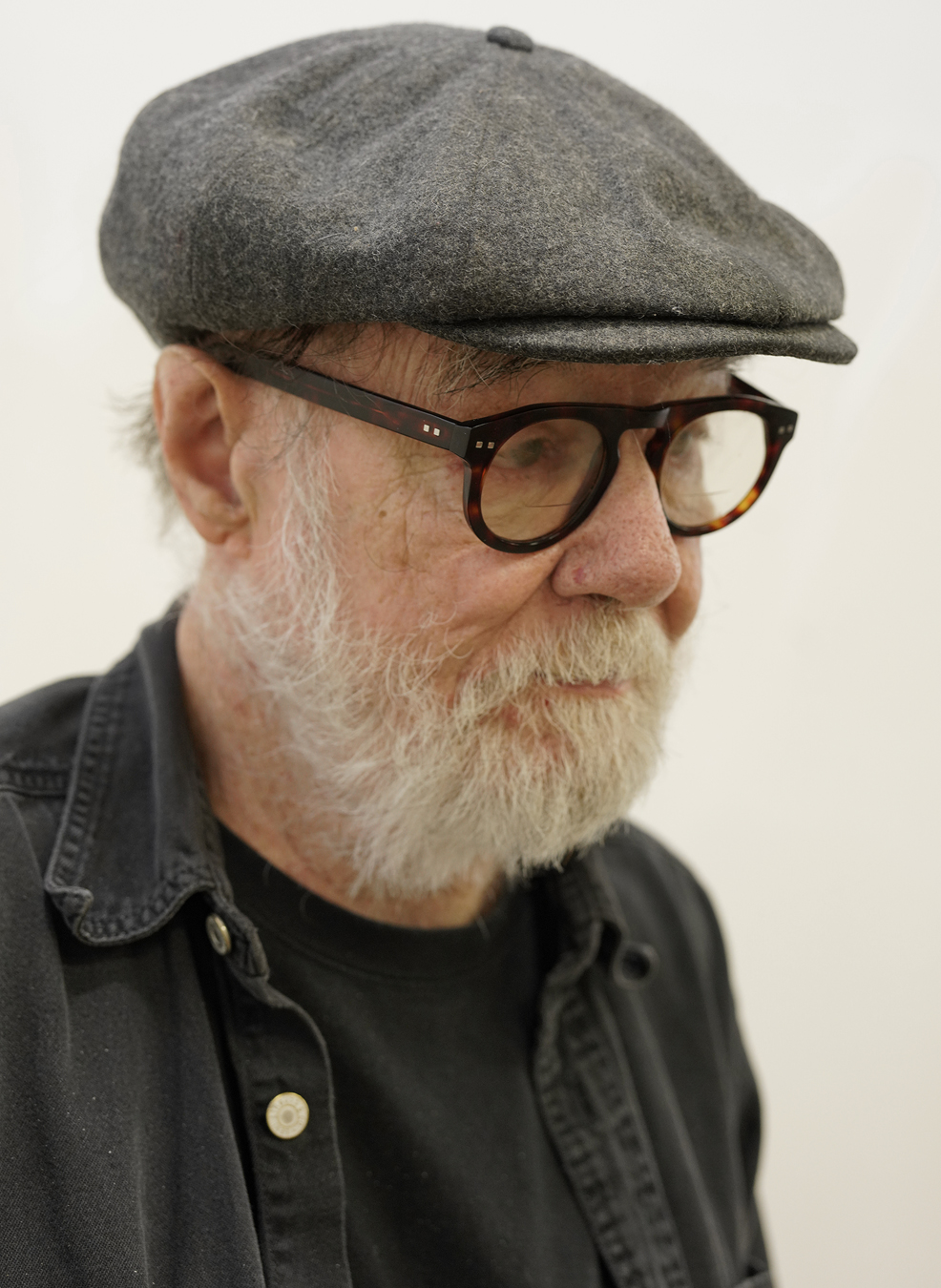
Paul McCarthy
“I’m interested in the form, the aesthetics of things, the relationship of colours, and something to do with the potential of freedom and the liquid erotic in artistic expression.”

Matt Connors
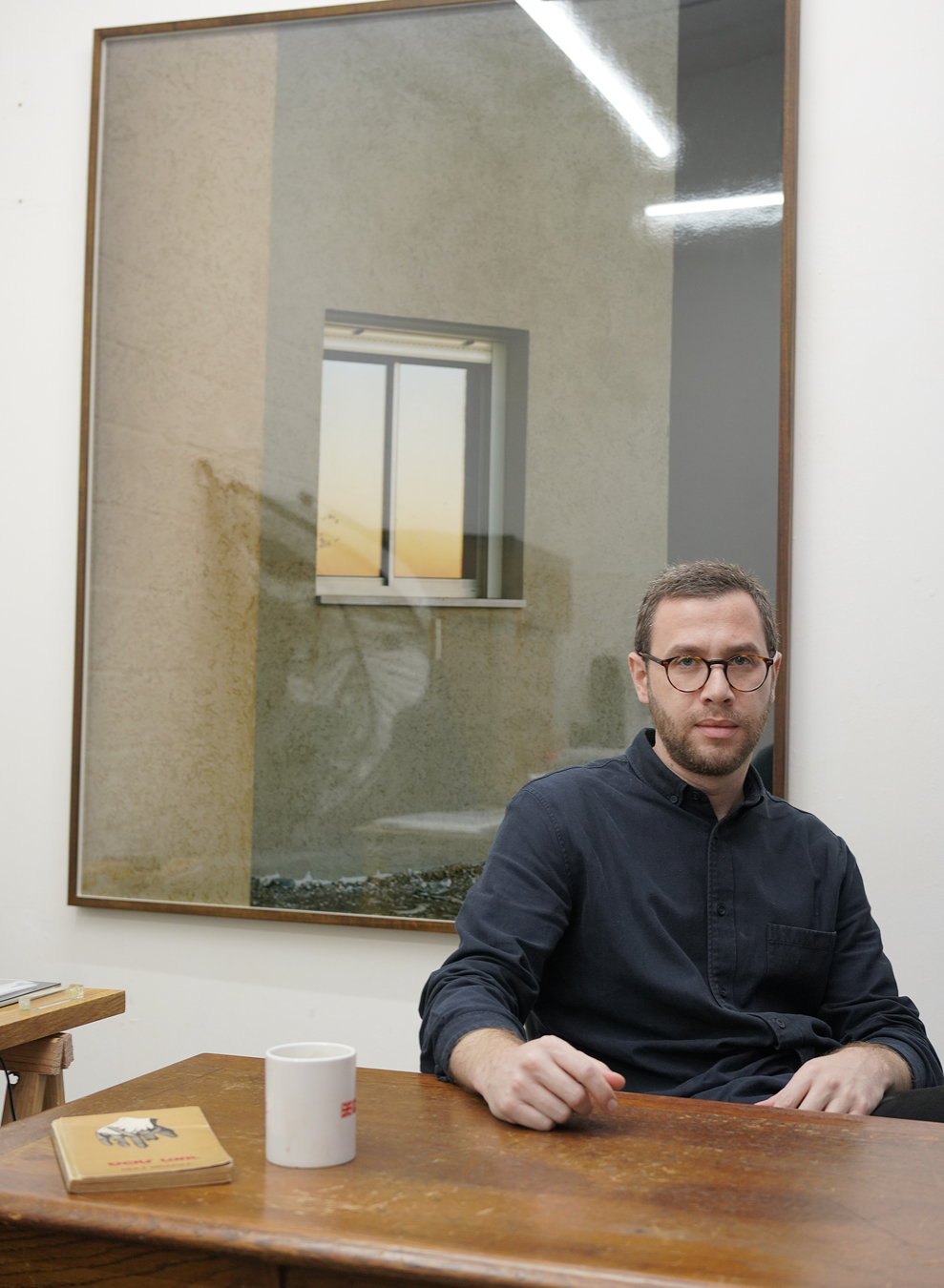
Matan Ashkenazy
“I think every work I make needs to challenge me, whether it is a conceptual, pictorial or technical problem, although somehow these elements are usually linked. If I feel too comfortable when working then something is wrong.”
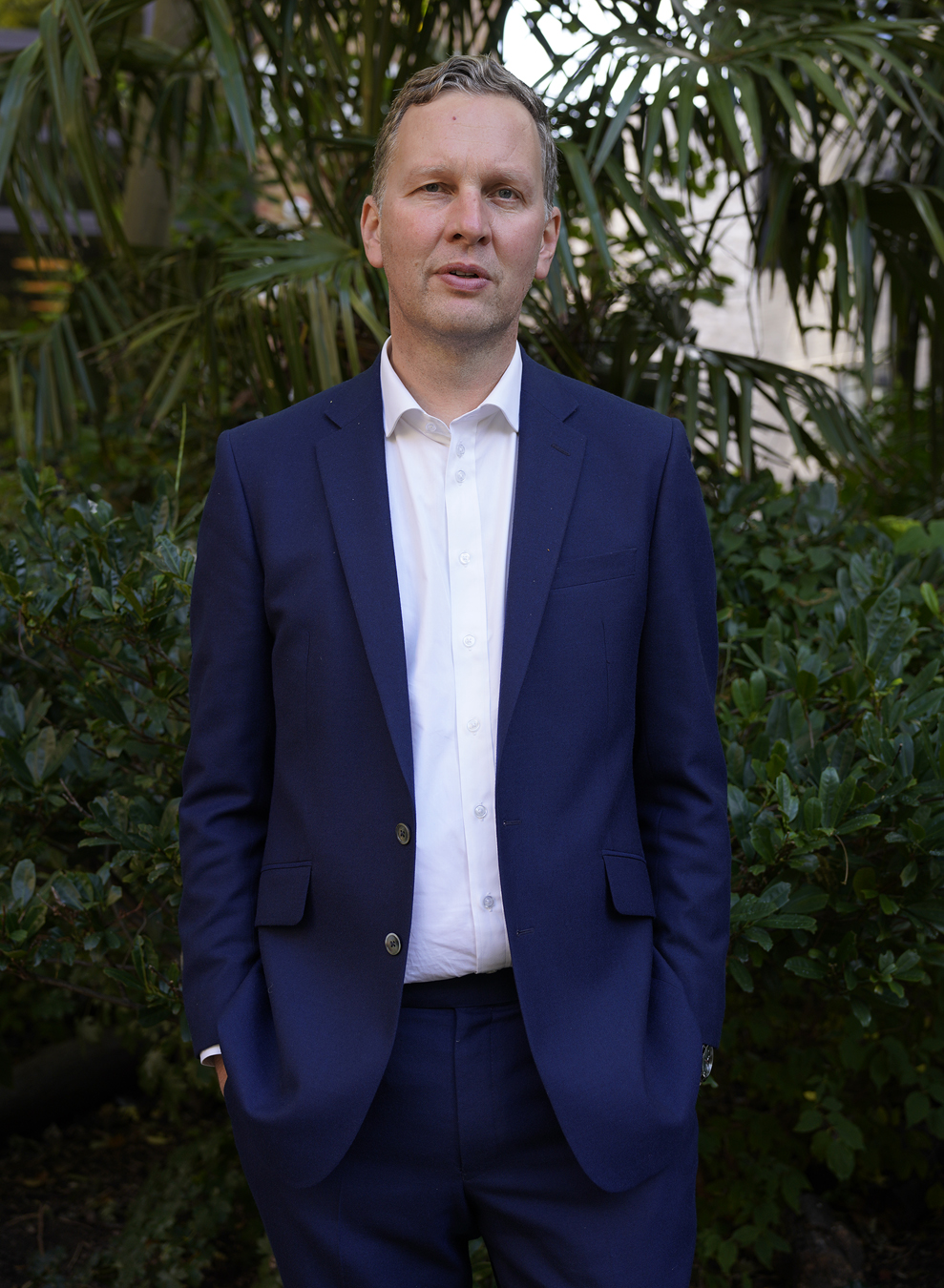
David Shrigley
“My first experience of art was looking at record covers. I figured that’s what artists did and that’s what I wanted to do. I remember being particularly impressed by the cover of Live at the Witch Trials by The Fall, when I was around eleven or twelve years old. I didn’t actually hear the record until several years later when I got into the Fall. When I was eleven I was into Adam & The Ants.”
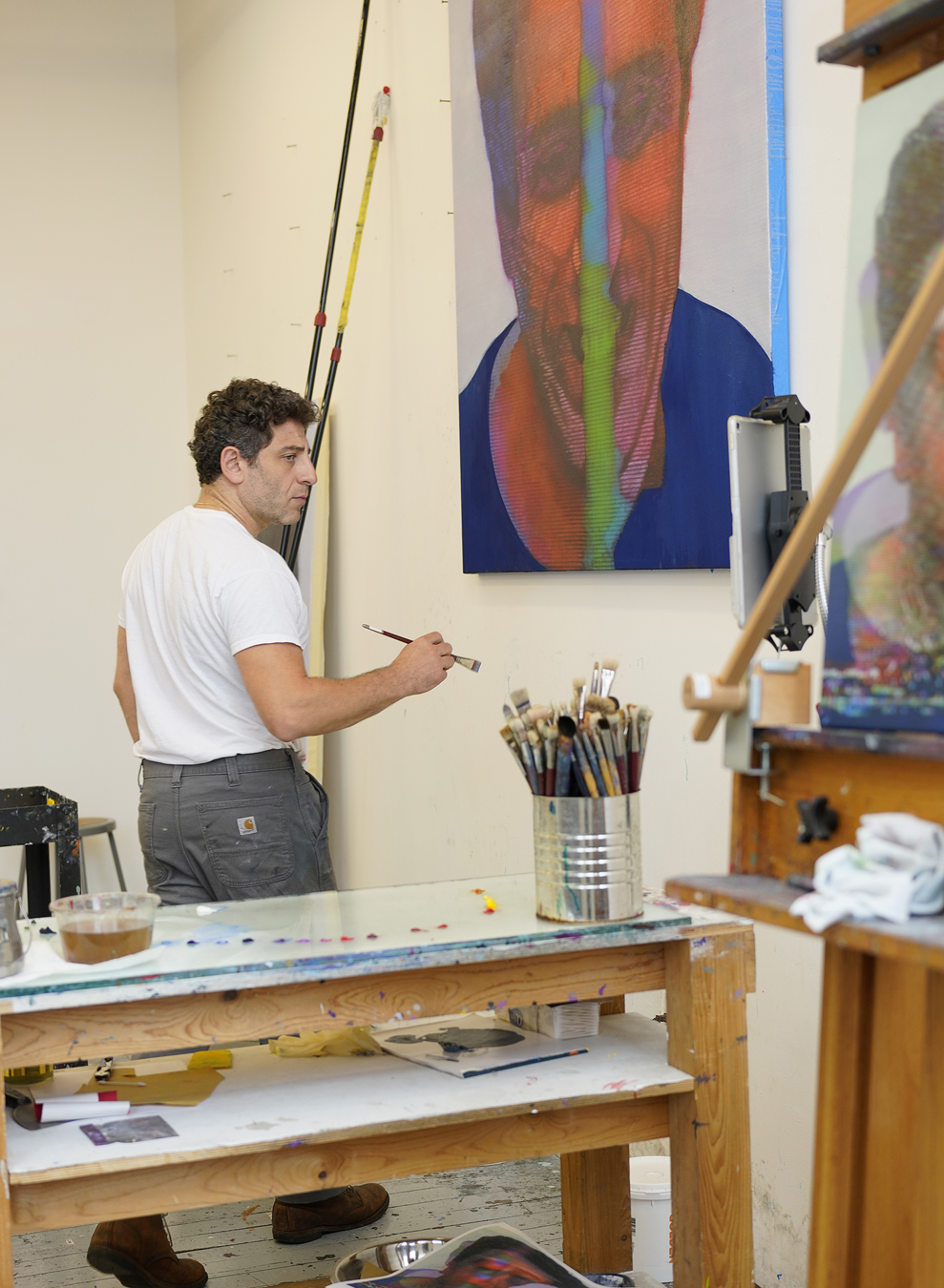
Kon Trubkovich
“I am an immigrant. The sense of climate emergency is not novel to me.”
Credits
With thanks to Tiffany & Co.
Photography Nick Waplington
